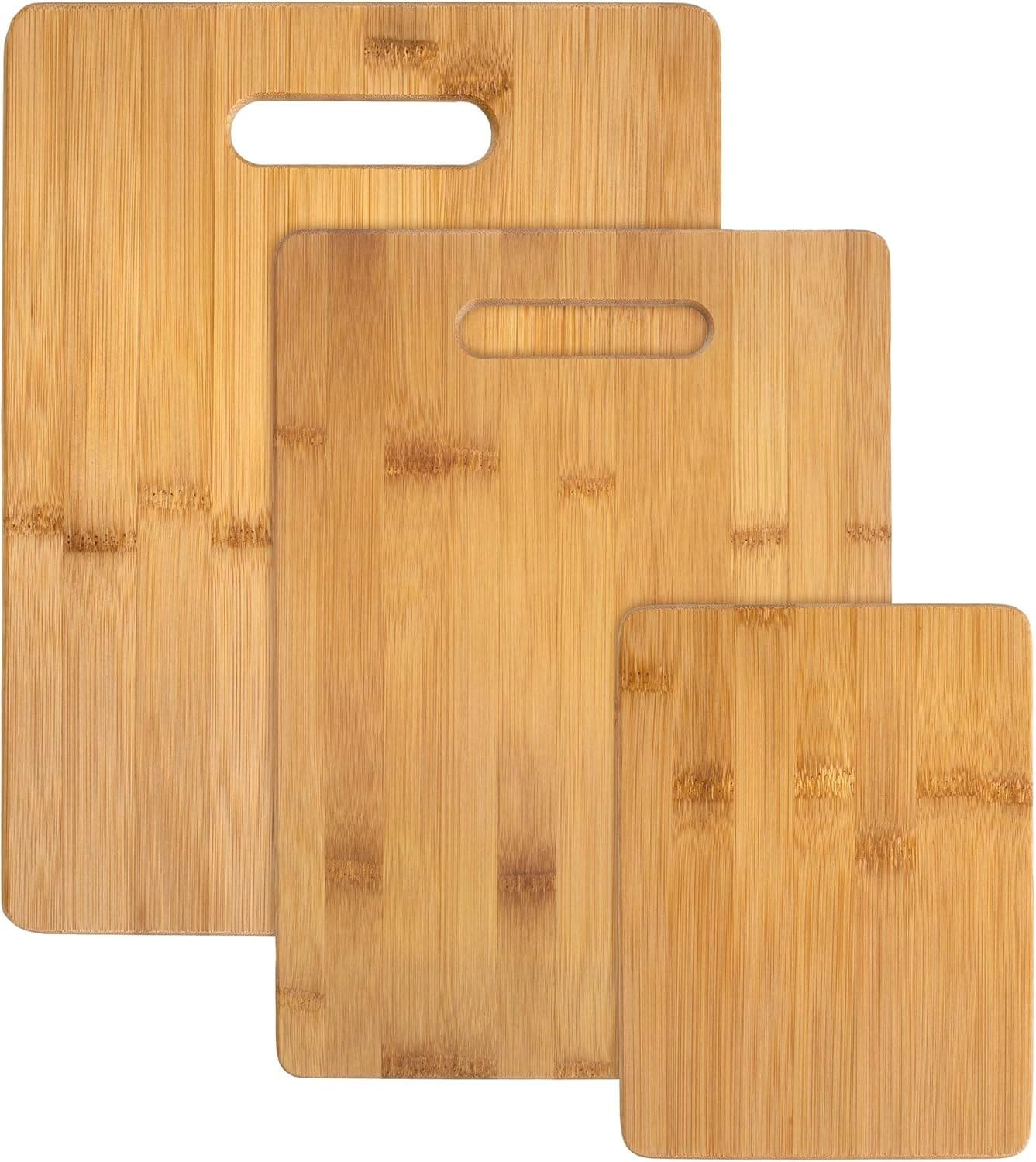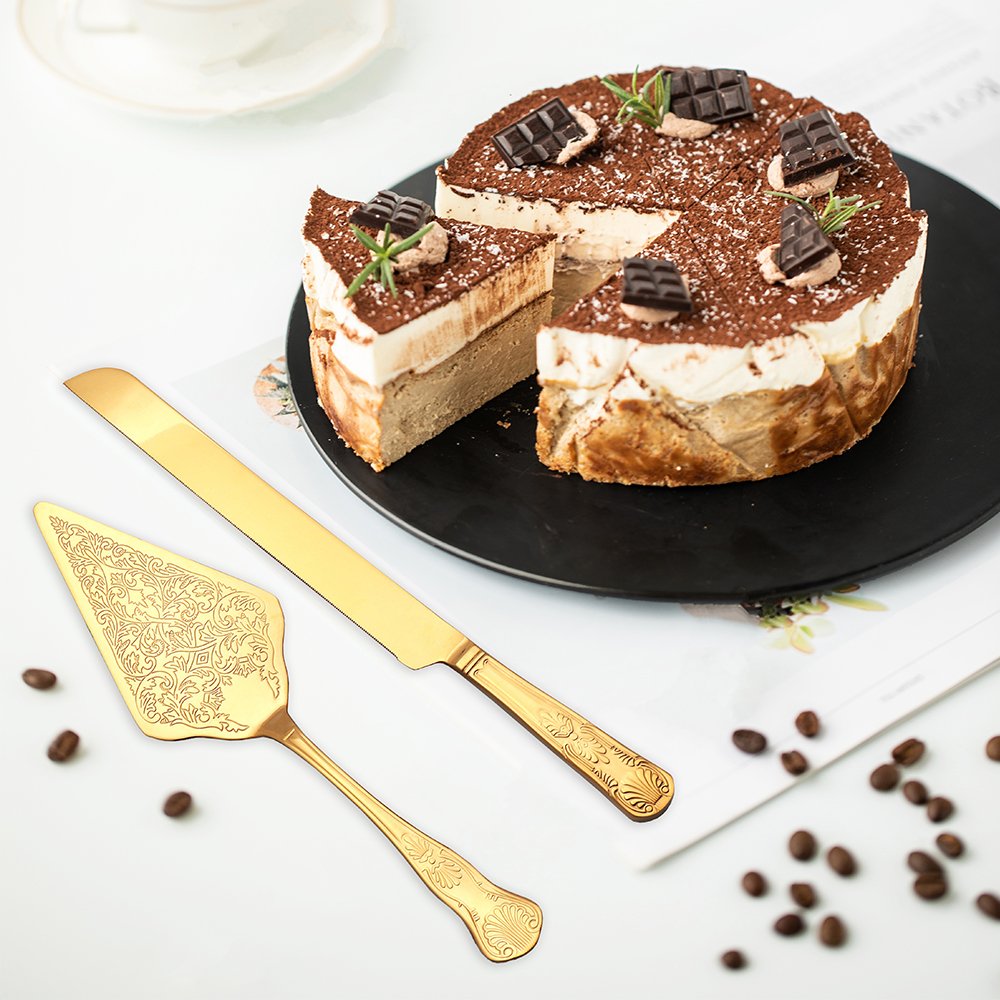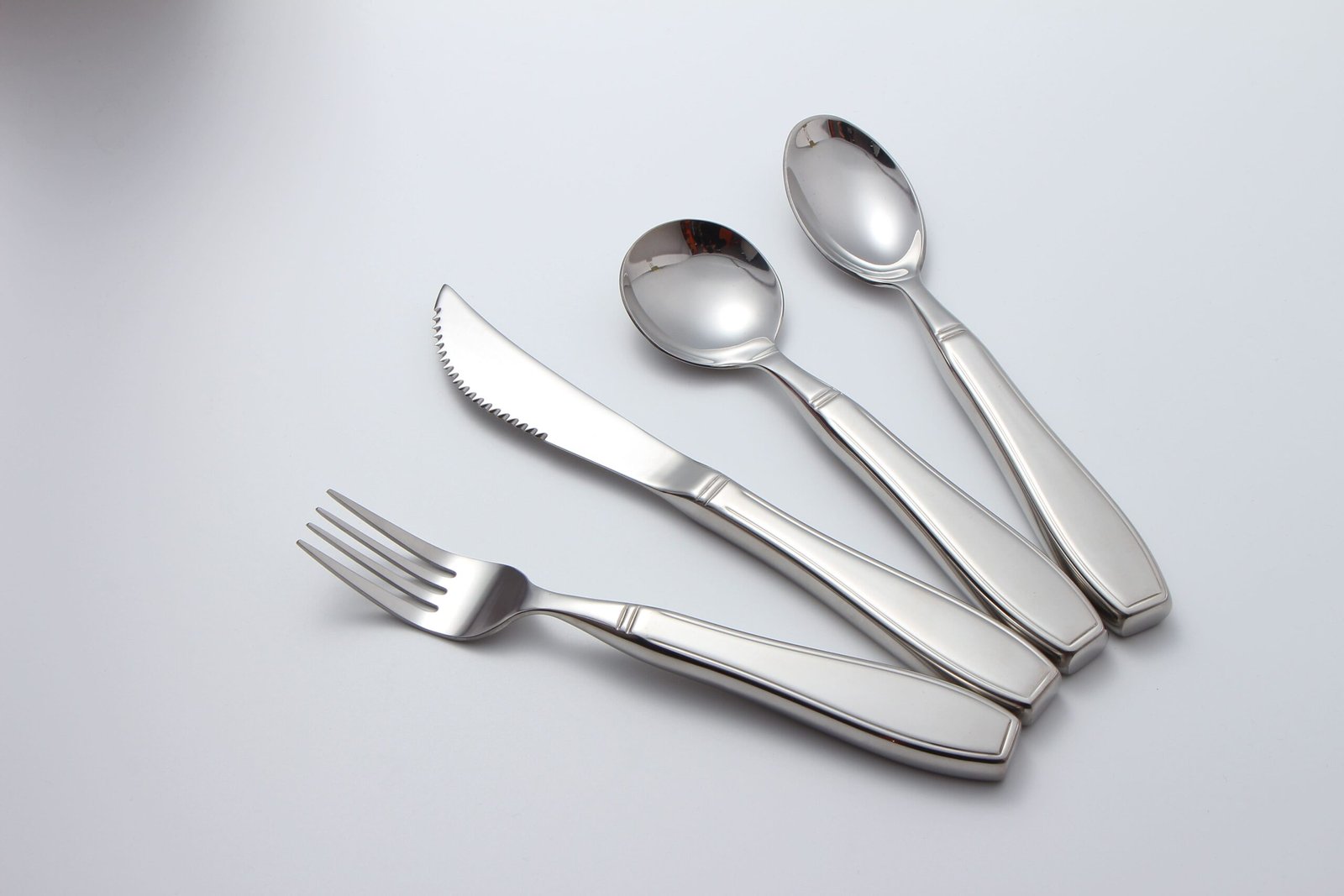Have you ever struggled to find a trustworthy stainless steel cutlery manufacturer in China? You’re not alone. Many buyers waste time and money working with the wrong supplier.
To choose the best OEM stainless steel cutlery manufacturer in China, you must evaluate quality standards, materials used, factory certifications, production experience, and communication effectiveness.
There are thousands of factories in China that offer OEM cutlery. But not all of them meet international quality expectations. In this article, I’ll walk you through how to make a smart choice—based on real experience.
Table of Contents
How do you evaluate a manufacturer's production capability?
Selecting a supplier without checking their real production capability can lead to delayed shipments, quality inconsistency, and unhappy customers.
To accurately evaluate a manufacturer’s production capability, verify their machinery and equipment quality, production scale, manufacturing processes, available technology, and workforce experience.
Understanding a supplier’s actual production ability ensures that your business meets market demands without any hiccups. Let’s look at how you can thoroughly assess this:
Critical Factors to Evaluate Production Capability
| Factor | What to Check | Importance |
|---|---|---|
| Production Scale | Factory size, number of production lines | Determines capacity to handle bulk orders |
| Equipment Quality | Machinery brand, maintenance records, technological level | Affects product consistency and reliability |
| Technology Usage | Automation level, use of modern CNC machinery, CAD systems | Ensures precise, efficient production |
| Workforce Skill | Employee training, experience level, technical knowledge | Directly influences product quality and production speed |
Firstly, confirm factory size and production lines through factory tours, video calls, or verified third-party inspections. Bigger factories with multiple lines can quickly adapt to demand changes and deliver products reliably.
Secondly, modern machinery and consistent maintenance records show a manufacturer prioritizes quality and efficiency. Advanced equipment like CNC machines ensures precise and consistent products.
Thirdly, check if the manufacturer integrates automation. Automation reduces production errors, shortens lead times, and ultimately cuts costs.
Lastly, workforce expertise significantly influences output quality. A well-trained team quickly resolves production issues, maintains quality standards, and reduces manufacturing defects.
From my own experience, I’ve learned the importance of physical visits. Once, I relied on website images for supplier evaluation, only to discover their real capability didn’t match claims. Since then, on-site or verified remote inspections have become non-negotiable in my selection process.
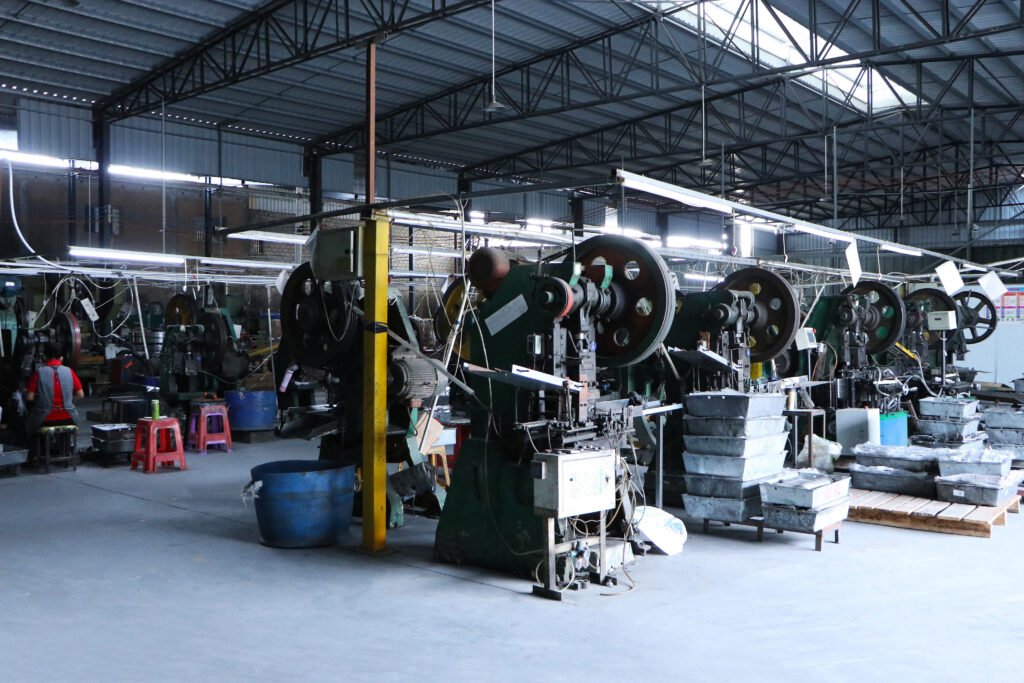
Why is MOQ important when choosing an OEM cutlery manufacturer?
Ignoring Minimum Order Quantity (MOQ) can cause unexpected financial pressure, excess inventory, or missed opportunities due to production restrictions.
MOQ is crucial because it directly affects your inventory management, pricing strategy, cash flow, and flexibility. Choosing a manufacturer with compatible MOQ ensures efficient operations and profitability.
Minimum Order Quantity (MOQ) seems straightforward, but choosing incorrectly can severely impact your business strategy and profitability. Here’s a detailed look:
Impacts of MOQ on Business Operations
| Business Area | Impact of High MOQ | Impact of Low MOQ |
|---|---|---|
| Inventory Management | Excess stock, higher storage costs | Better stock control, lower storage costs |
| Pricing | Lower unit price but higher upfront costs | Higher unit cost but lower initial investment |
| Flexibility | Limited ability to test new products or designs | Greater freedom to test market response |
| Cash Flow | Higher upfront investment, potential liquidity issues | Easier cash management, less financial strain |
Manufacturers set MOQs to maintain cost-effective production. High MOQs often result in lower per-unit costs but demand significant upfront investments. If your sales forecasts are inaccurate, high MOQs can leave you with unwanted inventory, tying up cash flow and increasing storage expenses.
Conversely, low MOQs offer flexibility, especially beneficial for new designs or products. While per-unit prices might rise, reduced risk and easier stock management often justify slightly higher costs.
For instance, earlier in my career, I selected a supplier with an overly ambitious MOQ. I misjudged market demand, resulting in surplus inventory and tight cash flow. Learning from that costly experience, I now strategically align MOQ choices with realistic demand forecasts and financial capability.
How can you verify client references effectively?
Failing to verify client references properly can lead you to unreliable suppliers, risking poor-quality products and damaging your business reputation.
Effectively verifying client references involves directly contacting past clients, checking product reviews, seeking unbiased third-party verification, and validating case studies provided by the manufacturer.
Verifying client references properly is essential yet often overlooked. Here are practical strategies to ensure accurate and unbiased supplier assessments:
Effective Methods for Verifying Client References
| Method | Procedure | Benefit |
|---|---|---|
| Direct Contact | Speak to previous or existing customers | Provides honest, firsthand feedback |
| Product Reviews | Online research for independent reviews | Identifies real-world performance and issues |
| Third-party Verification | Use neutral inspectors or professional verification services | Reduces bias and ensures objective feedback |
| Case Studies | Request detailed success stories and proof from the supplier | Offers insight into supplier capabilities and reliability |
Direct contact remains the gold standard for reference checks. Request from suppliers direct contact details of multiple past customers. Call or email these customers personally, asking specific, open-ended questions about product quality, delivery reliability, customer service, and problem-solving ability.
In addition, independent online reviews and forums provide unbiased insights into a manufacturer’s reputation. Look for recurring positive and negative themes to gain deeper insight.
Third-party verification services can provide objective validation. Professional inspectors conduct thorough factory audits, client interviews, and quality tests, offering impartial insights.
Lastly, suppliers’ case studies should be carefully examined for authenticity. Request verifiable proof, such as client testimonials with contact information, before accepting these claims.
I’ve personally encountered suppliers whose glowing reviews didn’t match reality. After introducing comprehensive verification methods, my supplier relationships became more trustworthy, reliable, and mutually beneficial.
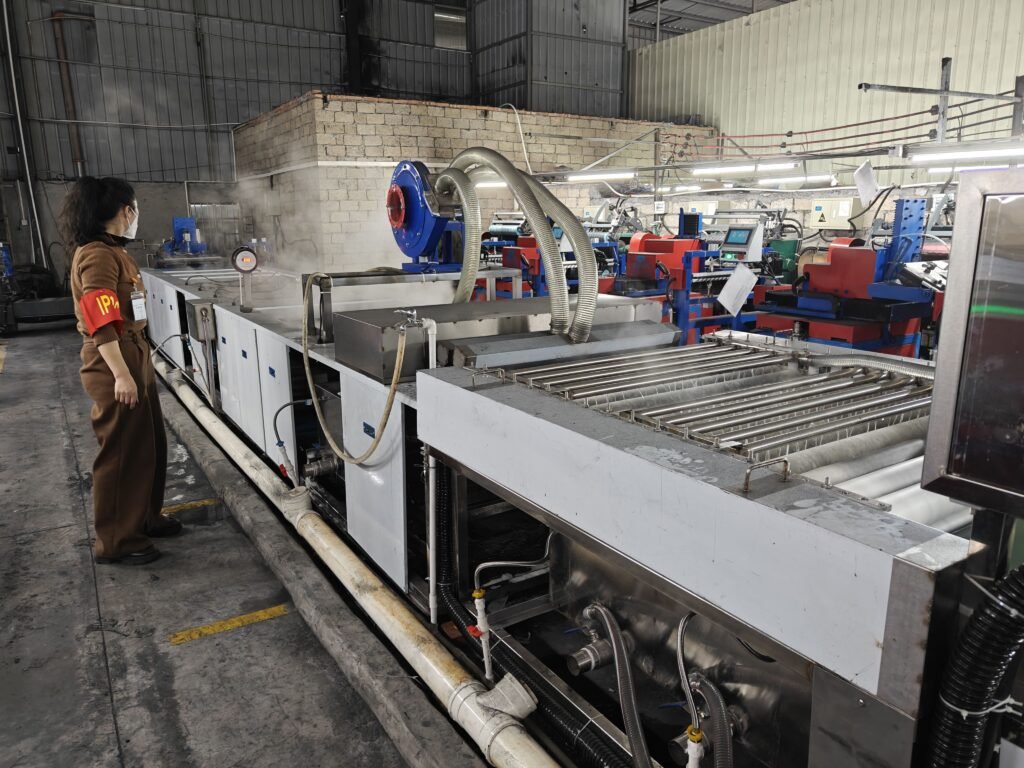
What is the highest quality stainless steel cutlery?
Finding quality stainless steel cutlery can be confusing—wrong choices lead to rust, breakage, and unhappy customers.
The highest quality stainless steel cutlery typically uses 18/10 stainless steel, known for its exceptional durability, rust resistance, lasting shine, and premium feel, perfect for high-end markets.
Choosing stainless steel cutlery isn’t just about appearance; it’s about material science. The most common classifications you’ll encounter are 18/10, 18/8, and 18/0. Let’s examine each type to clarify what makes the highest quality:
Types of Stainless Steel and Their Properties
| Grade | Composition | Durability | Rust Resistance | Shine Retention | Cost |
|---|---|---|---|---|---|
| 18/10 | 18% Chromium, 10% Nickel | Excellent | Excellent | Excellent | High |
| 18/8 | 18% Chromium, 8% Nickel | Very Good | Very Good | Very Good | Moderate |
| 18/0 | 18% Chromium, 0% Nickel | Good | Moderate | Moderate | Low |
As shown in the table, 18/10 stainless steel is ideal for top-tier cutlery because the nickel content adds significant resistance to corrosion and maintains the item’s glossy finish over long periods. Nickel also adds toughness, preventing cutlery from bending or breaking even with heavy use.
However, some buyers choose 18/8 or 18/0 stainless steel for budget reasons. While 18/8 is also acceptable, 18/0 cutlery, lacking nickel, is prone to losing shine and developing rust more easily, especially in humid environments or dishwasher cleaning cycles.
To critically evaluate quality, always consider:
| Property | Benefit |
|---|---|
| Corrosion Resistance | Higher nickel content ensures better resistance |
| Shine and Finish | Nickel maintains an attractive shine longer |
| Strength and Durability | Nickel provides structural strength, preventing bending |
As someone with years in this business, I’ve seen firsthand how high-grade cutlery significantly impacts customer satisfaction and market perception.

Is stainless steel silverware from China safe?
Safety concerns often discourage businesses from choosing Chinese manufacturers—doubt leads to missed opportunities for great deals.
Yes, stainless steel silverware from reputable Chinese manufacturers is completely safe. Ensuring safety involves choosing suppliers with recognized safety certifications (FDA, LFGB, DGCCRF), verified compliance standards, and reliable production practices.
Safety is paramount. Though some buyers doubt Chinese silverware’s safety, thorough verification of a manufacturer’s credentials dispels these fears. China has strict quality standards for exports, especially stainless steel products intended for food contact.
Key Safety Certifications Explained
| Certification | Region | Significance | Verification Method |
|---|---|---|---|
| FDA | USA | Food safety compliance | Certificate copy from manufacturer |
| LFGB | Germany | Food contact safety standards | Product test reports |
| DGCCRF | France | Consumer goods safety regulation | Independent laboratory reports |
Each of these certifications guarantees that the cutlery is free from harmful substances, including toxic metals like lead or cadmium. To confirm the manufacturer’s credibility, always request their current and verifiable certificates.
I once chose a supplier simply based on cost. Soon after, complaints about rust and potential contaminants arose, damaging our brand reputation. Learning from this, I now always thoroughly check certifications before any transaction.

What is the stainless steel flatware considered to be top quality?
Identifying top-quality flatware can feel challenging—incorrect judgments result in dissatisfied customers and returned products.
Top-quality stainless steel flatware is crafted from 18/10 grade stainless steel, designed with precise weight, balance, and finishing details, often featuring seamless construction and elegant aesthetics suited to luxury markets.
Beyond material quality, the finest flatware exhibits specific manufacturing attributes that set it apart from average utensils:
Critical Quality Features to Assess
| Feature | Description | Why it Matters |
|---|---|---|
| Weight & Balance | Proper weight distribution | Comfortable grip, luxurious feel |
| Seamless Construction | No visible joints or seams | Prevents food accumulation, easier cleaning |
| Finishing Detail | Polished edges, mirror-like finish | Enhances appearance, improves hygiene |
| Design Consistency | Uniformity across all pieces | Professional presentation, brand consistency |
High-quality flatware feels substantial in hand, balanced for easy use. Any visible seams suggest inferior production methods, often resulting in trapped food particles and hygiene issues.
When inspecting samples, personally examine:
| Quality Check | Evaluation Question |
|---|---|
| Handle Balance | Does it comfortably rest in your hand? |
| Edge Smoothness | Are there rough edges or visible seams? |
| Visual Consistency | Does each item look identical in finishing quality? |
I always recommend that clients physically test a sample before finalizing large orders. Your customers’ satisfaction largely depends on these subtle yet significant qualities.
What is the best grade of stainless steel for cutlery?
Choosing the wrong stainless steel grade for cutlery can seriously impact your product’s longevity, appearance, and customer satisfaction.
18/10 stainless steel remains the best choice for high-quality cutlery because of its exceptional durability, resistance to corrosion, consistent shine, and structural integrity.
Understanding the superiority of 18/10 stainless steel involves comparing it critically with other commonly used grades:
Comparative Analysis of Stainless Steel Grades
| Grade | Corrosion Resistance | Strength | Shine Durability | Typical Use |
|---|---|---|---|---|
| 18/10 | Excellent | Excellent | Excellent | Premium cutlery |
| 18/8 | Very Good | Good | Very Good | Everyday mid-range |
| 18/0 | Moderate | Moderate | Moderate | Budget options |
When manufacturing premium cutlery, 18/10’s performance surpasses other grades. Its nickel content not only protects against rust but also ensures the cutlery remains glossy, durable, and appealing over years of regular use and cleaning.
A personal story: Early in my career, we launched a budget line using 18/0 steel. Within months, complaints flooded about rust spots, dullness, and dissatisfaction. Since switching exclusively to 18/10, our feedback has been overwhelmingly positive, reinforcing the critical importance of material quality.
Can you trust Chinese stainless steel?
Distrust towards Chinese products can limit valuable sourcing opportunities—uncertainty might cost your business competitive advantages.
Yes, you can trust Chinese stainless steel manufacturers if they have clear, verifiable safety and quality certifications, positive customer testimonials, and proven industry experience.
Many misconceptions about Chinese manufacturers come from generalizations. However, trust must be built through careful selection:
Trust Indicators and Verification Methods
| Indicator | Verification Methods |
|---|---|
| Industry Experience | Company history, longevity, portfolio |
| Customer Testimonials | Verified customer references |
| Certifications | FDA, LFGB, DGCCRF certificates |
| Production Transparency | Factory visits, virtual tours |
Reputable Chinese manufacturers invest in advanced equipment, comply with international standards, and often exceed buyer expectations. Over years of dealing with Chinese suppliers, I’ve built long-term partnerships based on transparency, reliability, and mutual trust.
How can you tell fake stainless steel?
Buying fake stainless steel cutlery means risking poor performance, customer dissatisfaction, and lost profits.
To identify fake stainless steel, perform a magnet test (real 18/10 steel isn’t magnetic), inspect carefully for uneven finishing or rust spots, and request third-party test certificates verifying material composition.
To ensure authenticity, conduct simple checks:
Quick Tests to Identify Genuine Stainless Steel
| Method | Genuine Result | Fake Result |
|---|---|---|
| Magnet Test | Slight attraction or none (18/10) | Strongly magnetic (inferior steel) |
| Visual Inspection | Smooth finish, uniform appearance | Rough spots, uneven coloring |
| Certification Checks | Valid certifications available | No documentation or suspicious certificates |
I once received samples that appeared genuine but failed our magnet tests. After third-party lab tests, the material proved inferior. Always conduct due diligence to protect your brand integrity.
Choosing the right OEM stainless steel cutlery manufacturer in China ensures product quality, reliability, and customer satisfaction. Always verify thoroughly.




